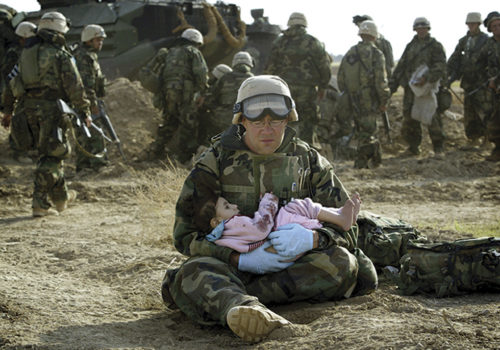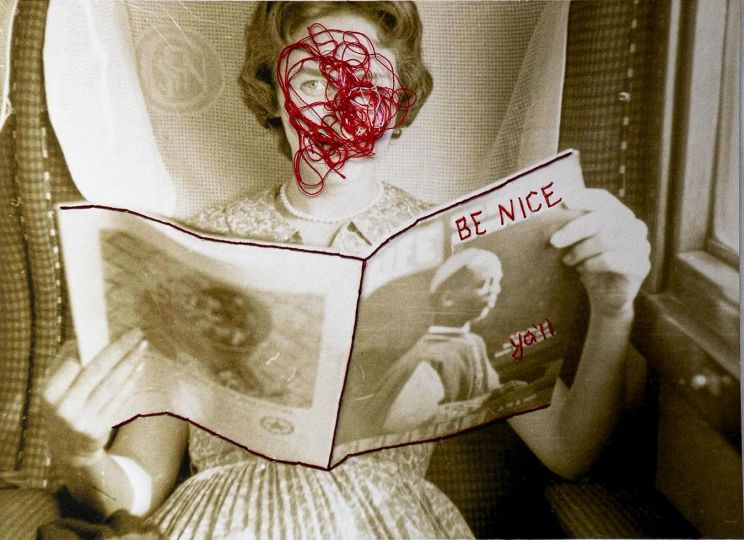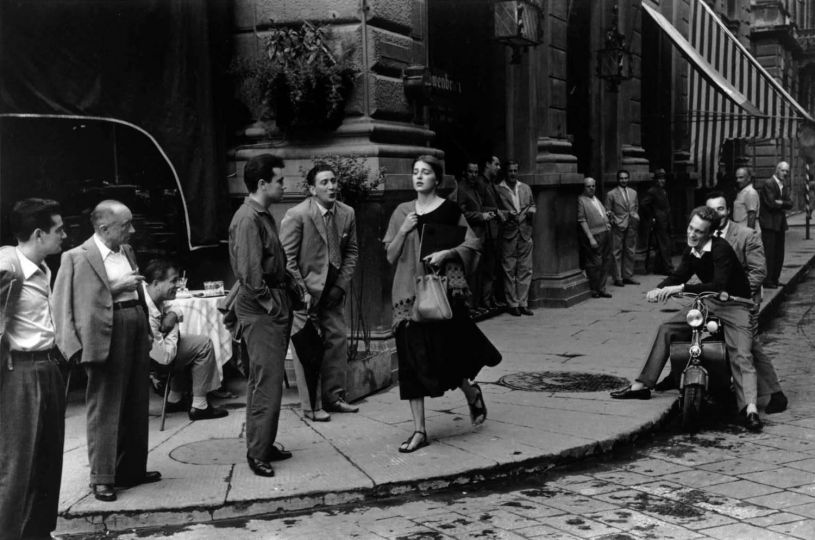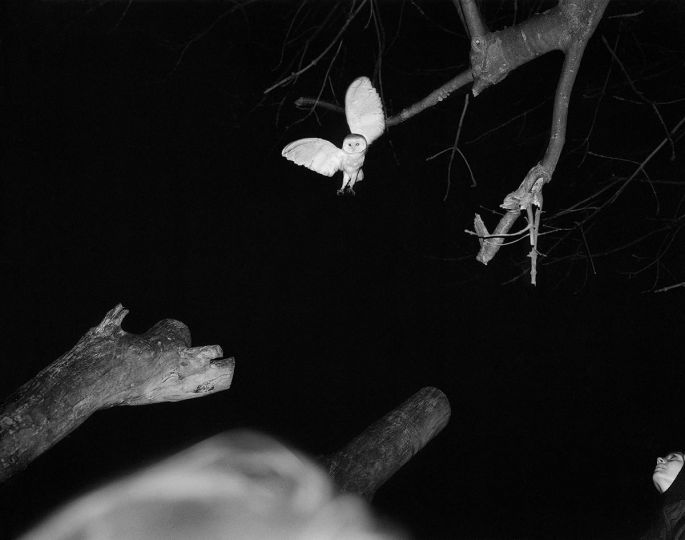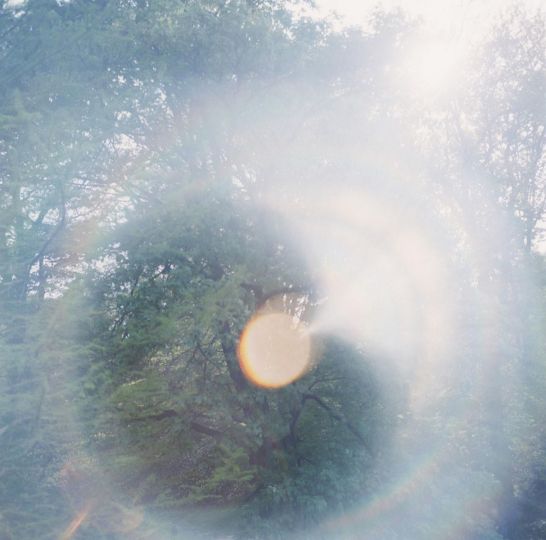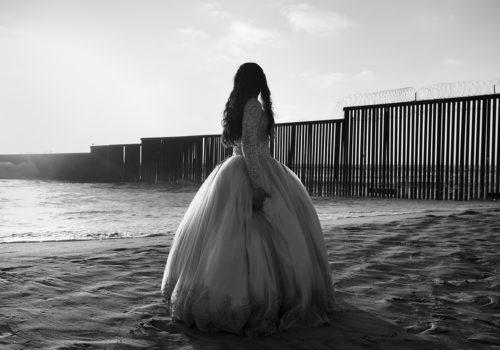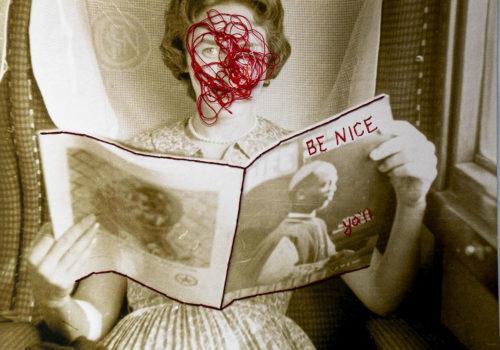In “War is Beautiful: The New York Times Pictorial Guide to the Glamor of Armed Conflict” American writer David Shields contends that the New York Times (NYT), one of the most august newspapers in the world, has been complicit in promoting war through the conflict images it publishes on its front page.
Shields frames his argument through analysing 1000 photographs from the Iraq and Afghanistan incursions that have appeared on the front page of the NYT since October 1997 when the paper first began publishing colour images on page one. In “War is Beautiful” he codifies these images into ten chapters – Nature, Playground, Father, God, Pietà, Painting, Movie, Beauty, Love and Death – claiming images easily slot into each of these categories.

